Exam 3 (Module 6 In Progress)
1/16
Earn XP
Description and Tags
These flashcards cover essential vocabulary and concepts related to pollination biology, focusing on key definitions and processes.
Name | Mastery | Learn | Test | Matching | Spaced |
|---|
No study sessions yet.
17 Terms
Pollination
The process by which pollen is transferred in the reproduction of plants, enabling fertilization and the production of fruit and seeds.
Abiotic Pollination
Pollination that occurs without the involvement of living organisms, such as through wind or water. Only 10% of flowering plants are pollinated
without animal assistance.
Biotic Pollination
Pollination that involves A POLLINATOR (other living organism), primarily insects, but also birds, bats, and rodents.
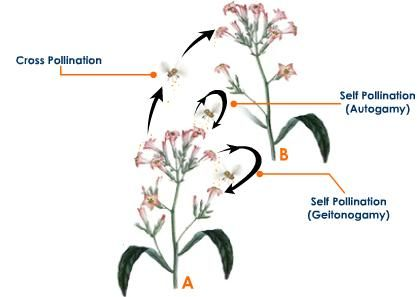
Cross-Pollination (Cross: exchange of genetic material)
The transfer of pollen from the anther of one plant's flower to the stigma of another plant's flower.
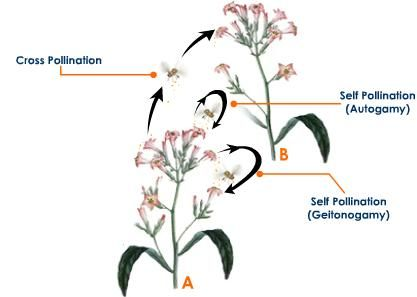
Self-Pollination (Self: no exchange of genetic material)
fertilization by
transfer of pollen from
the anthers of a flower
to the stigma of the
same flower (autogamy)
or to the stigma of
another flower on the
same plant (geitonogamy)
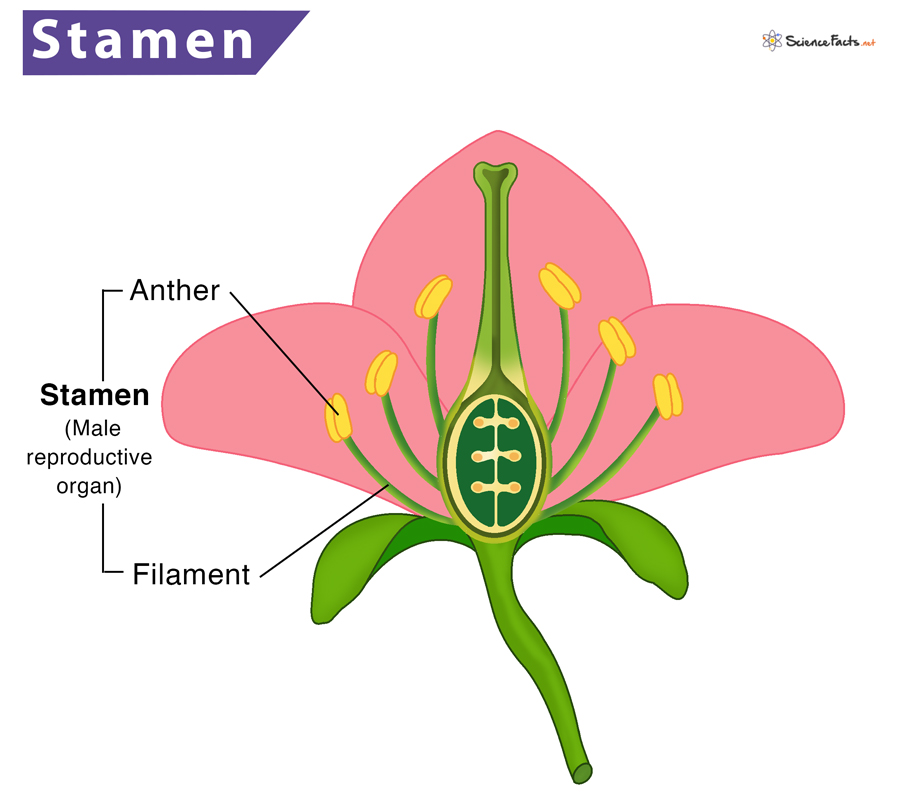
Stamens
The male reproductive part of a flower, consisting of a filament and an anther.
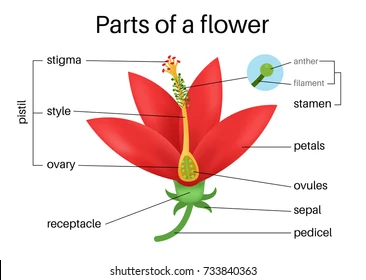
Pistil
The female reproductive part of a flower, consisting of an ovary, style, and stigma.
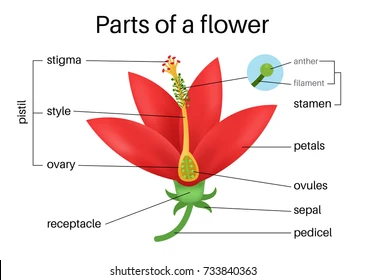
Ovary
The part of the pistil that contains ovules and where fertilization takes place.
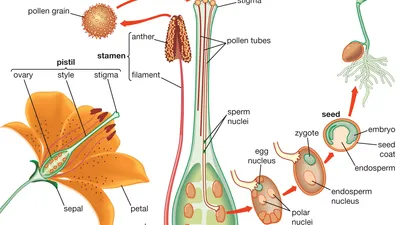
Endosperm
A tissue that provides nutritional support to the developing embryo in seeds.
Ecological Value of Pollination
Pollination is valuable for its role in the ecosystem, supporting plant diversity and the food web.
Human Value of Pollination
Pollination is crucial for crops, livestock feed, and provides materials for various human needs.
Food Production and Pollinators
Insect pollination is essential for 35% of global food production, influencing both diet variety and agriculture.
Honeybee-friendly plants
Plants that provide forage and resources for honeybees and other pollinators to thrive.
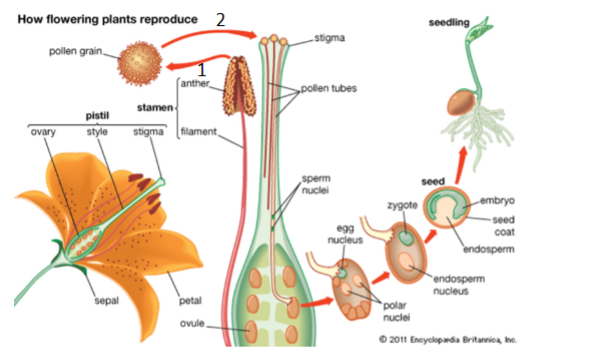
What stages of plant reproduction are shown in 1 and 2?
1. The pollen grain leaves the anther (biotic or abiotic)
2. The pollen grain sticks to the stigma (self or cross pollination)
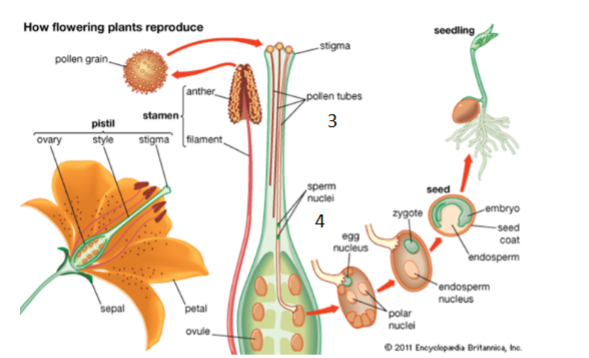
What stages of plant reproduction are shown in 3 and 4?
3. The pollen grain begins to digest the material in the style
and make a tube down toward the ovary.
4. Cell division takes place and TWO SPERM continue down
the pollen tube toward the ovary.
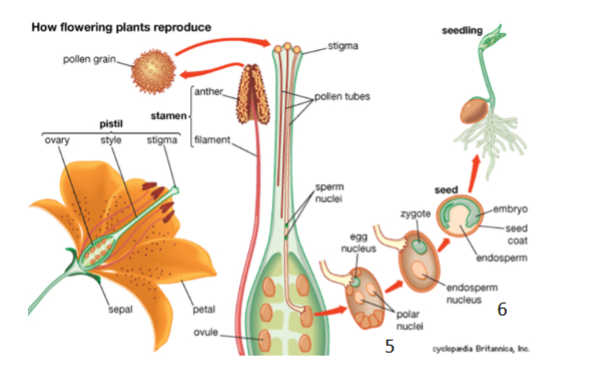
What stages of plant reproduction are shown in 5 and 6?
5. Inside the ovary is an ovule. The ovule has nine nuclei in it.
The green one is the Egg. The two light orange ones are Polar
Nuclei. At this point do not worry about the other 6 in darker
orange.
6. The TWO SPERM fertilize the ovule. One sperm fertilizes the egg,
the other sperm fertilizes BOTH Polar Nuclei.
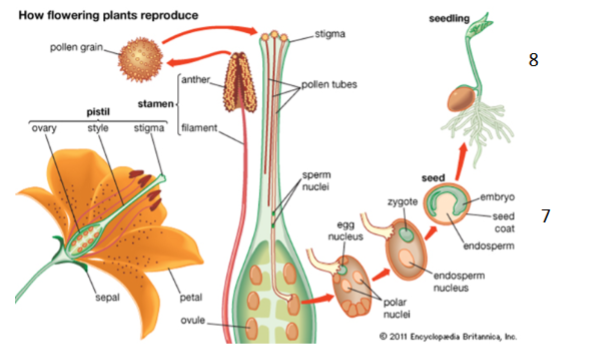
What stages of plant reproduction are shown in 7 and 8?
7. There is now a seed. The zygote has grown into an embryo. There
is a food source for the embryo called the endosperm. The entire
structure is wrapped up in a seed coat.
8. The embryo uses the endosperm to make roots and begin to send
up a shoot. Once the shoot reaches the light, it can begin
photosynthesis